Hi Hi! It's me again bringing good scientific content, these days I went to the beach and while I was walking on the shore in the distance I saw some beautiful colors in the water, from green to red and I asked myself what is that? I got closer and to my surprise it was seaweed, I took several species (3) and I said to myself why not make a post about this? Well, I have already said it all, today we are going to learn about algae and freshwater and marine aquatic plants!😎😎
Hola hola! soy yo de nuevo trayendo buen contenido cientifico, estos dias fui a la playa y mientras caminaba en la orilla a lo lejos vi algunos colores bonitos en el agua, desde verde hasta rojo y me pregunte que es eso? me fui acercando y para mi sorpresa eran algas marinas, tome varias especies (3) y me dije porque no hacer un post sobre esto? y vale ya lo he dicho todo, vamos a conocer hoy sobre algas y plantas acuaticas de agua dulce y marinas!😮🍀🌱
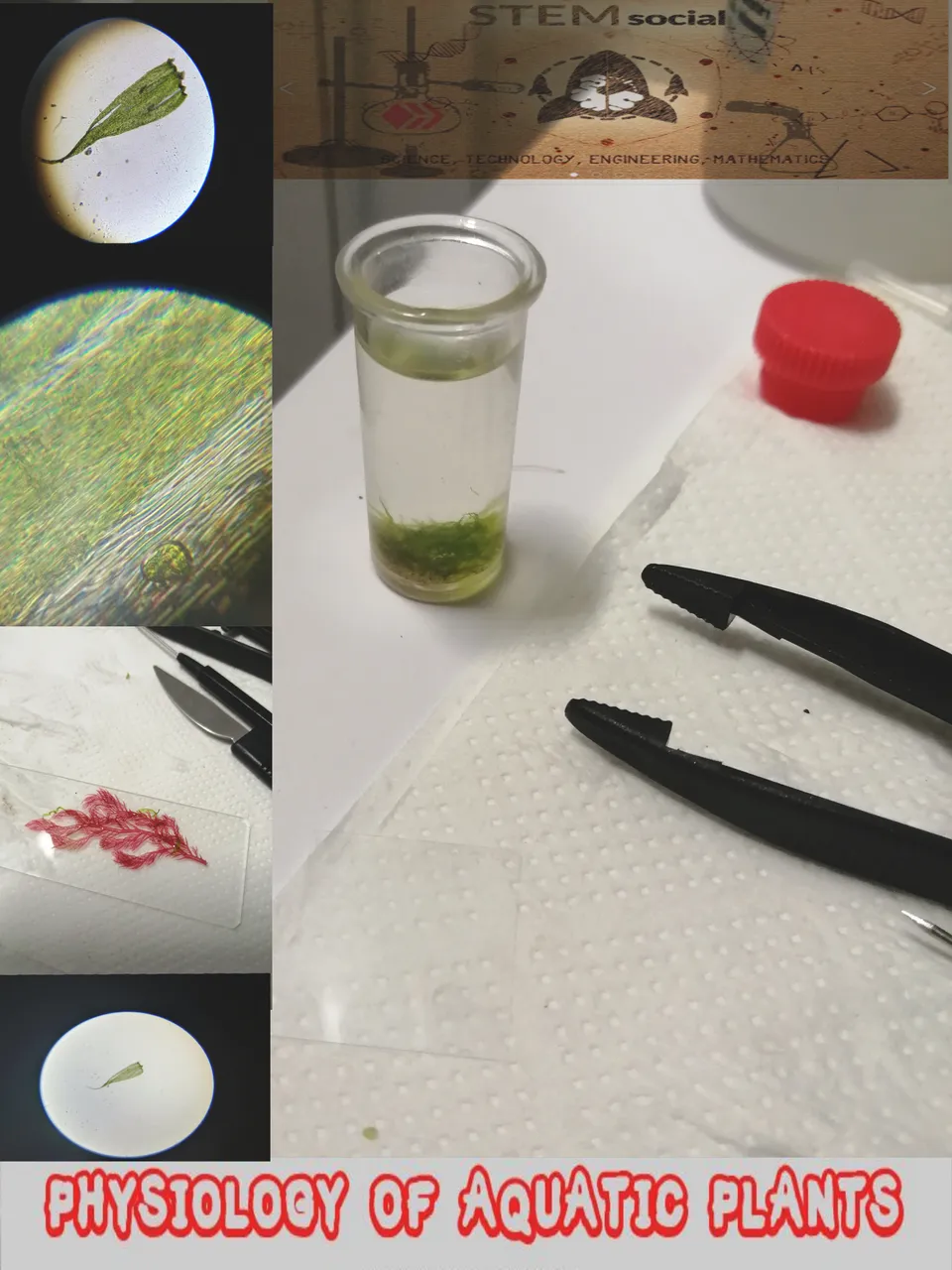
ALL ABOUT SEAWEED🙂😍🧠/TODO SOBRE ALGAS MARINAS👨🏫
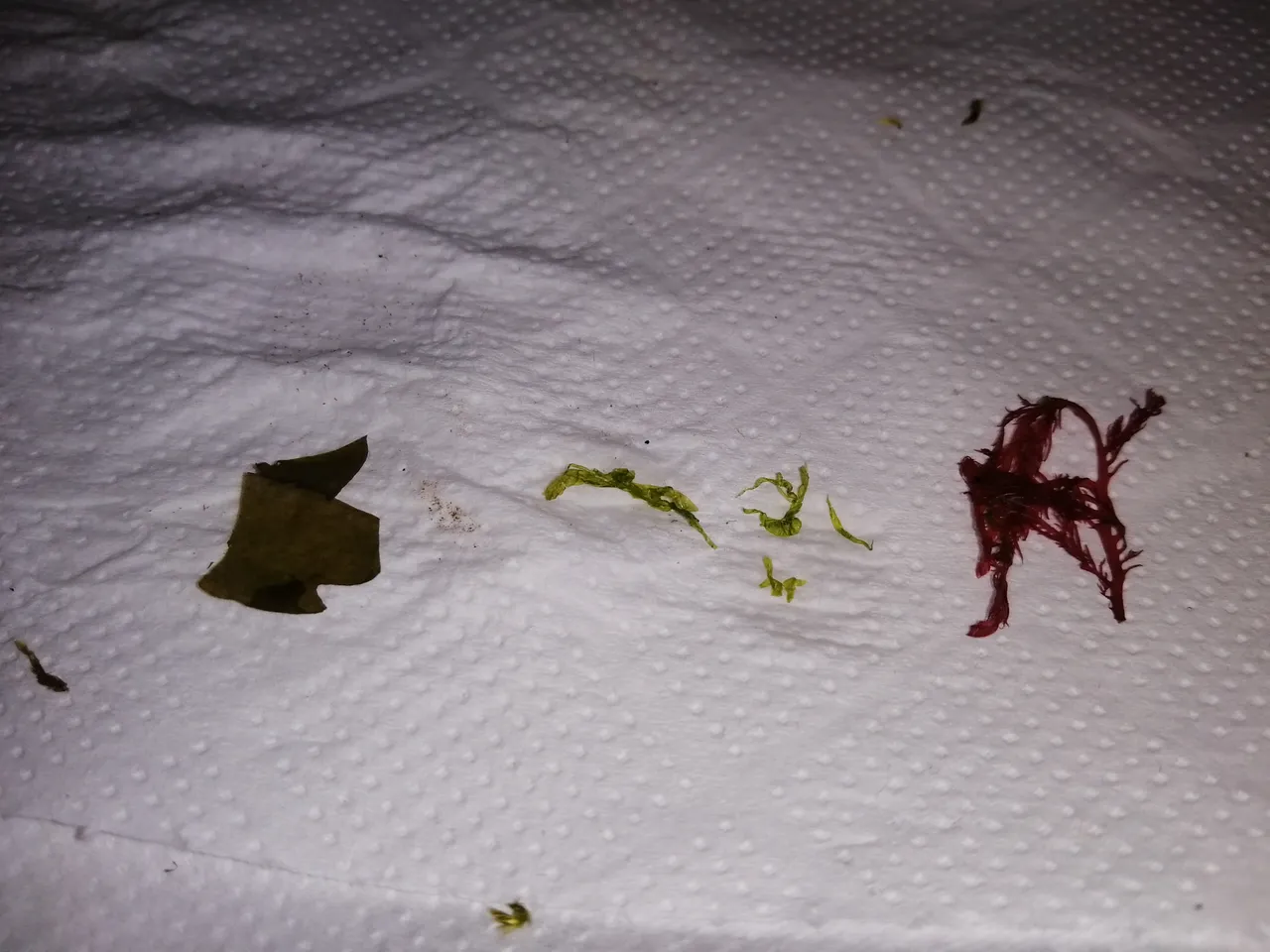
Sea plants and algae are one of the first inhabitants of the planet and, currently, one of the hopes for the future of humanity. A specific group of marine algae, the green or chlorophyte algae, evolved and developed specialized tissues, becoming plants. That is, higher terrestrial plants are descendants of algae. Some of these terrestrial plants colonized the sea again giving rise to the phanerogams or higher marine plants.🤩🤩😍😍😍😍😍😍🤔🤔🤔😮😮😮😮😮😮😮😮😮😮😮😮😮
Las plantas y algas marinas son uno de los primeros pobladores del planeta y, actualmente, una de las esperanzas para el futuro de la humanidad. Un grupo concreto de algas marinas, las algas verdes o clorofíceas, evolucionaron y desarrollaron tejidos especializados, convirtiéndose en plantas. Es decir, las plantas superiores terrestres son descendientes de las algas. Algunas de estas plantas terrestres, colonizaron de nuevo el mar dando origen a las fanerógamas o plantas superiores marinas.🤔🤔
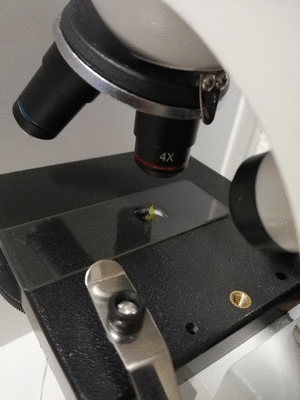
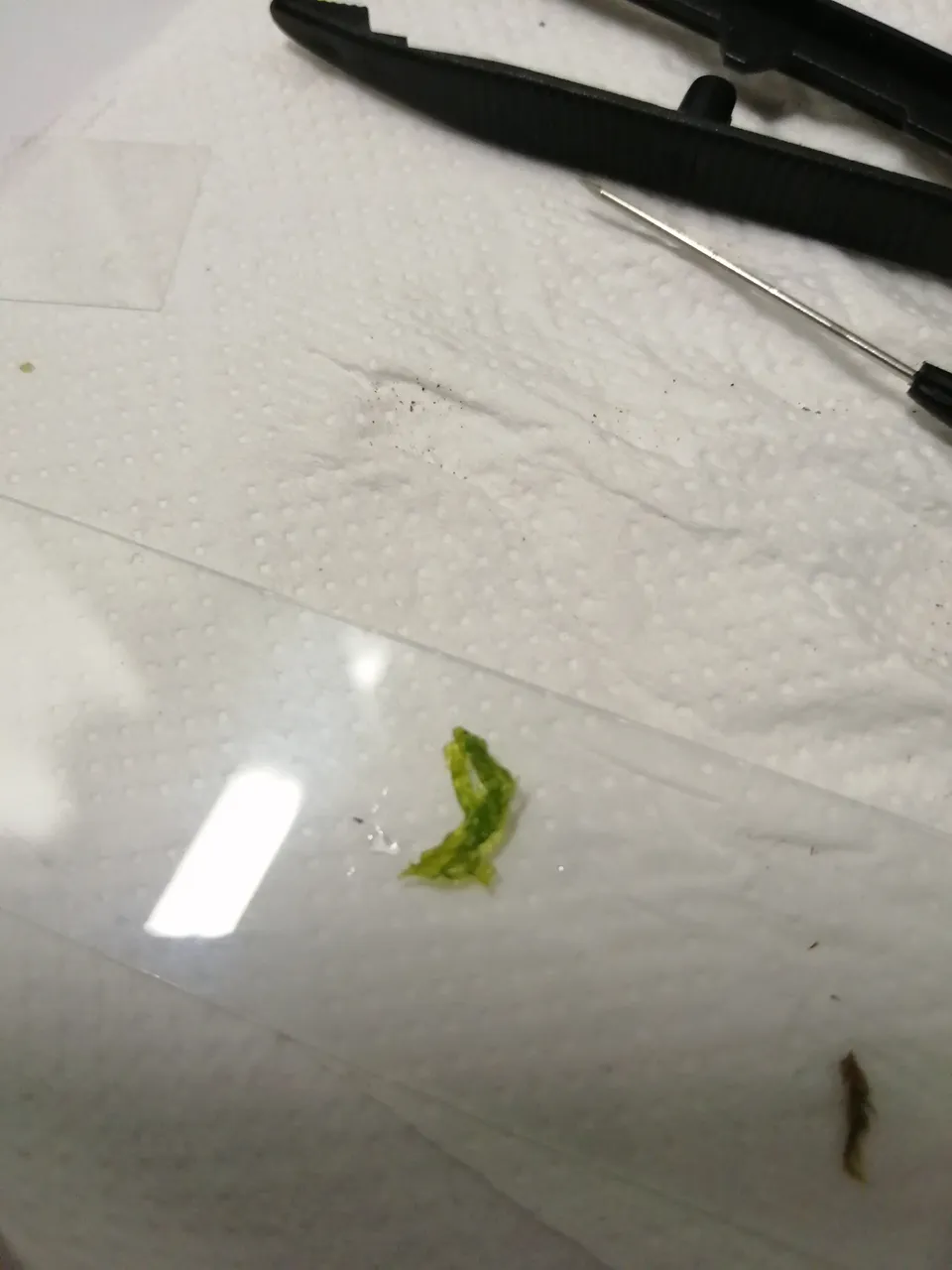
Under the name of seaweed, a great variety of organisms, unicellular or multicellular, from aquatic or humid environments are grouped together that have in common the fact of being photosynthetic and, unlike plants, do not have true differentiated tissues such as roots, stem and leaves and do not produce flowers or seeds. It is a very heterogeneous group of organisms, with different evolutionary history, although with a similar ecological function.👨🏫👨🎓
Bajo el nombre de alga marina se agrupa una gran variedad de organismos, unicelulares o pluricelulares, de ambientes acuáticos o húmedos que tienen en común el hecho de ser fotosintéticos y, a diferencia de las plantas, no tienen unos verdaderos tejidos diferenciados tales como raíz, tallo y hojas y no producen flores ni semillas. Se trata de un grupo de organismos muy heterogéneo, con distinta historia evolutiva, aunque con una función ecológica parecida.🧠🧠
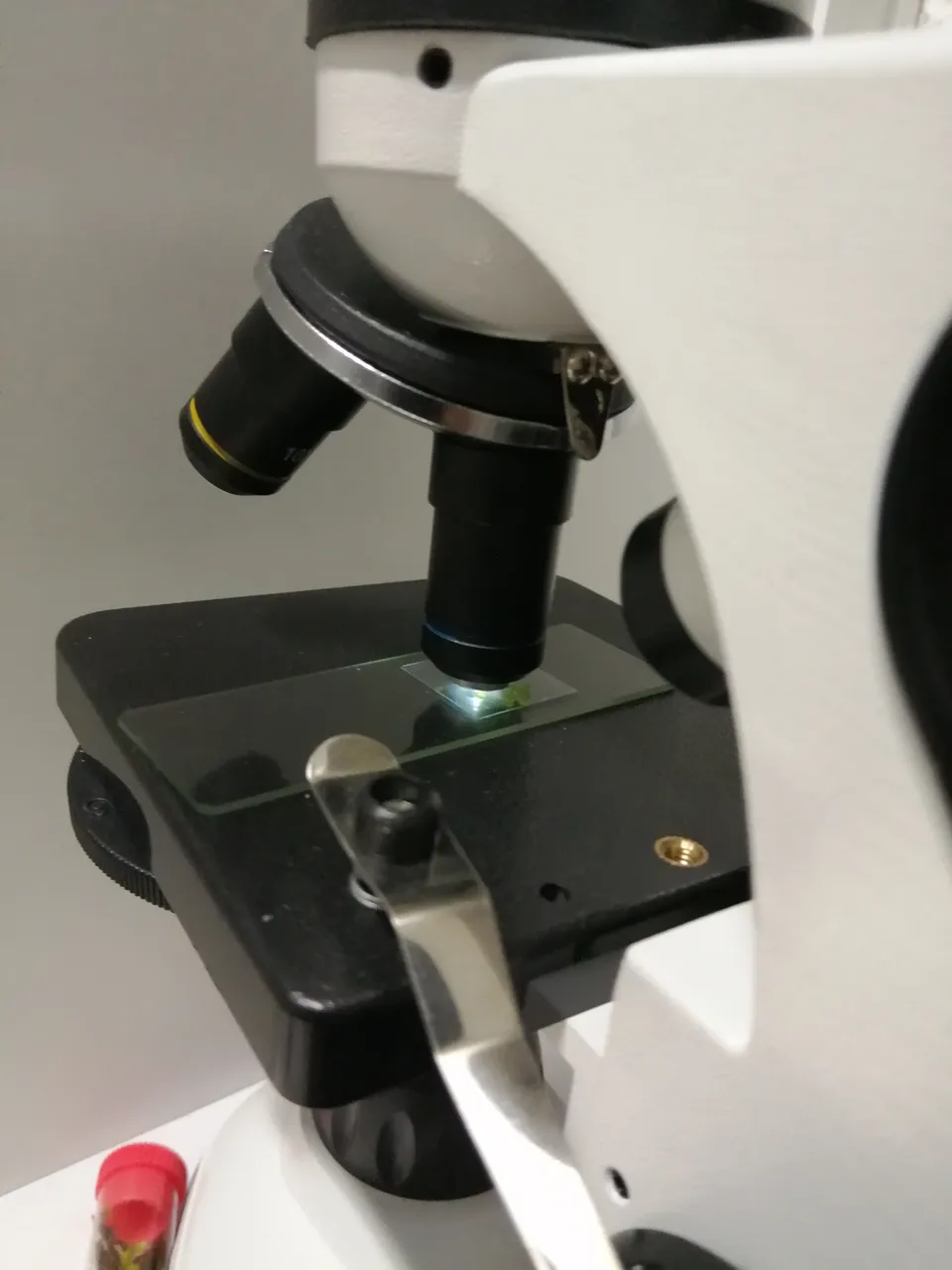
They have chlorophyll and may have other accessory pigments. Their coloration, therefore, can vary depending on the presence of one or other pigments. Like terrestrial plants, they are autotrophic organisms, capable of producing organic matter from CO2, water and mineral salts and, as a by-product, they produce oxygen. They therefore constitute the first link in the marine food chain.😉🤔
Presentan clorofila y pueden tener otros pigmentos accesorios. Su coloración, por tanto, puede variar dependiendo de la presencia de unos u otros pigmentos.Igual que las plantas terrestres, son organismos autótrofos, capaces de producir materia orgánica a partir de CO2, agua y sales minerales y, como subproducto, producen oxígeno. Constituyen pues, el primer eslabón de la cadena trófica marina.😍😍

GREEN ALGAE🙂💚🧠/ALGAS VERDES👨🏫

The group of green algae is considered to include between 6,000 and 8,000 species, of which the majority belong to freshwater ecosystems and a small proportion is distributed in the oceans. The tendency is to be sessile (no movement), although some can be found floating in the water column. As their name indicates, they are green due to the presence of chlorophyll, but some have different accessory pigments that can vary their coloration and present them with dark or yellow tones. They can reproduce asexually by fragmentation, however, the tendency is to reproduce sexually.💥💥
El grupo de las algas verdes se considera que abarca entre 6.000 y 8.000 especies, de las cuales la mayoría son pertenecientes a ecosistemas dulceacuícolas y una pequeña proporción se distribuye en los océanos. La tendencia es a ser sésiles (sin movimiento), aunque algunas se pueden encontrar flotando en la columna de agua. Como su nombre indica, son verdes dada la presencia de clorofila, pero algunas presentan diferentes pigmentos accesorios que pueden hacer variar su coloración y presentarlas con tonos oscuros o amarillos. Pueden reproducirse asexualmente por fragmentación, sin embargo, la tendencia es reproducirse sexualmente.💚💚💚
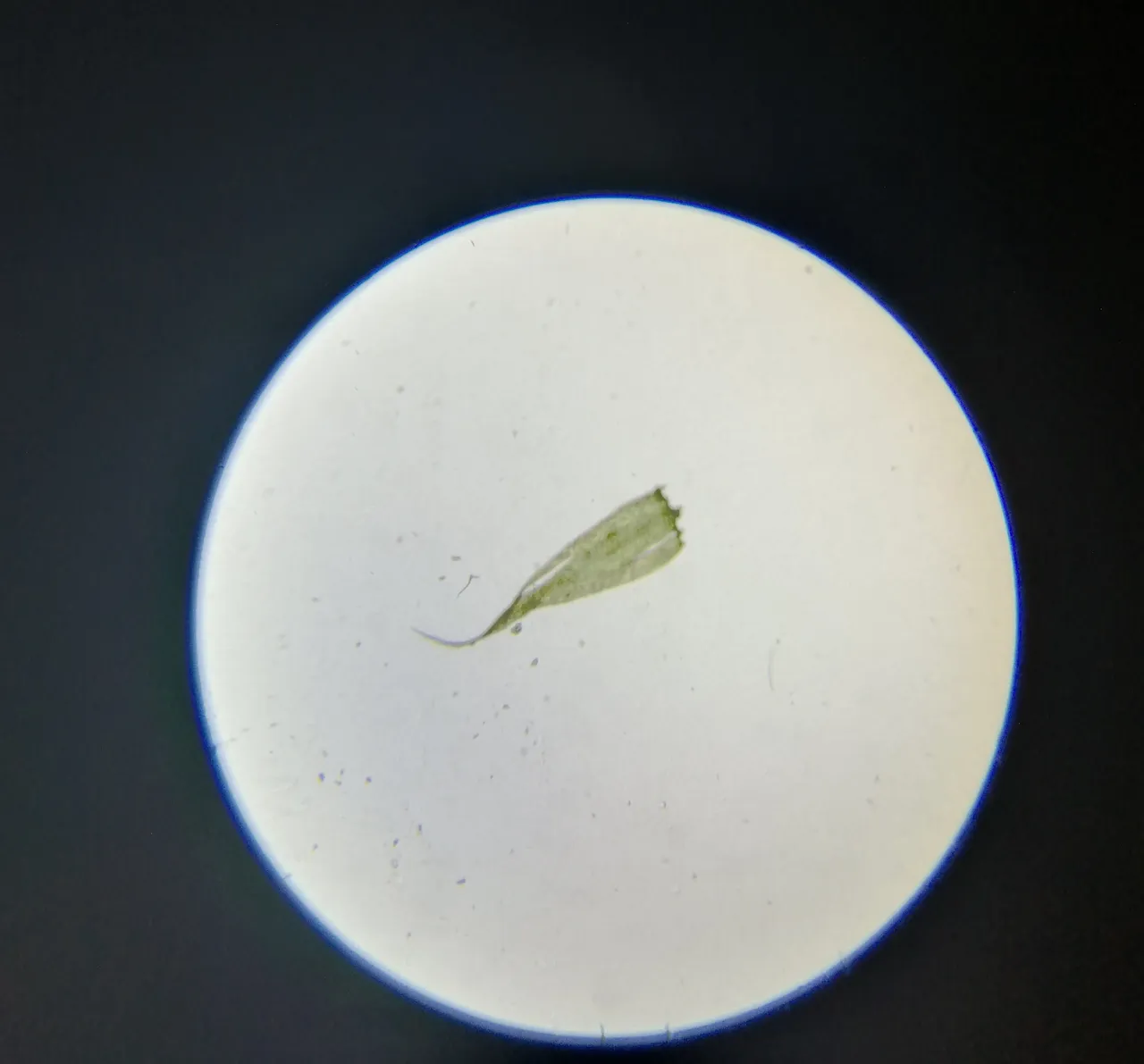


Green algae, with about 7,000 different species, live mostly in continental waters, only 12% of the species are marine and most of these are benthic (linked to the bottom). Due to their content of pigments (chlorophyll) and reserve substances (starch), similar to terrestrial plants, they are considered by botanists as the predecessors of higher plants. Some examples of green algae are: Cladophora, Acetabularia acetabulum (which forms curious parasol-shaped discs, especially in summer), Halimeda tuna, Codium vermilara, Codium bursa (known as a beret due to its peculiar globose shape, which is often used by some fish as bedding for the night), Ulva lactuca, known as sea lettuce, Caulerpa prolifera, Caulerpa taxifolia, Bryopsis muscosa.🌊🌊🌍🌎
Las algas verdes, con unas 7.000 especies diferentes, viven en su mayoría en aguas continentales, sólo un 12% de las especies son marinas y la mayor parte de éstas son bentónicas (ligadas al fondo). Por su contenido en pigmentos (clorofila) y sustancias de reserva (almidón), semejantes a las plantas terrestres, son consideradas por los botánicos como las predecesoras de las plantas superiores. Algunos ejemplos de algas verdes son: Cladophora, Acetabularia acetabulum (que forma unos curiosos discos en forma de sombrilla, especialmente en verano), Halimeda tuna, Codium vermilara, Codium bursa (conocida como boina por su peculiar forma globosa, que a menudo utilizan algunos peces como lecho para reposar por la noche), Ulva lactuca, conocida como lechuga de mar, Caulerpa prolifera, Caulerpa taxifolia, Bryopsis muscosa.💚💚
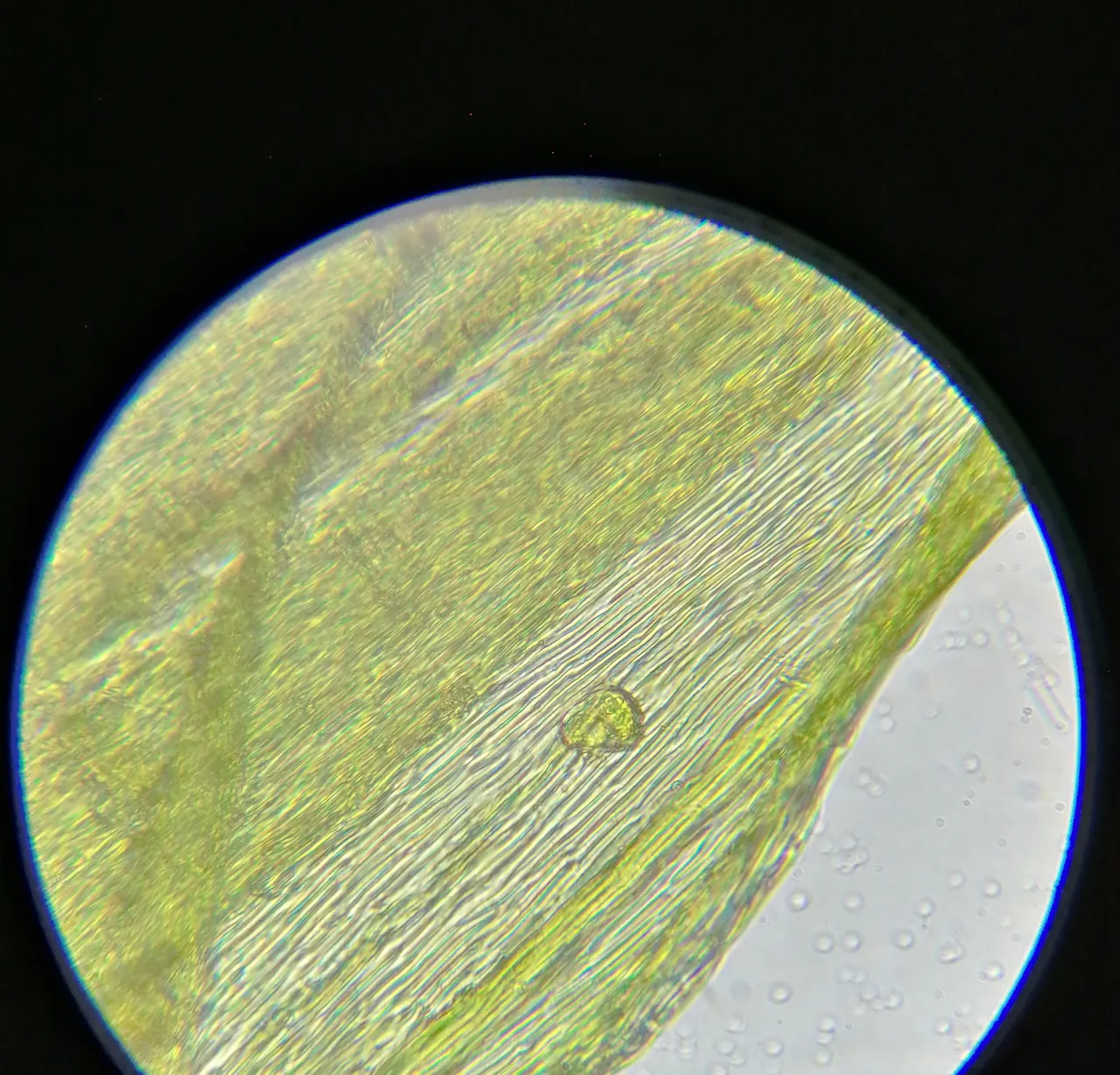
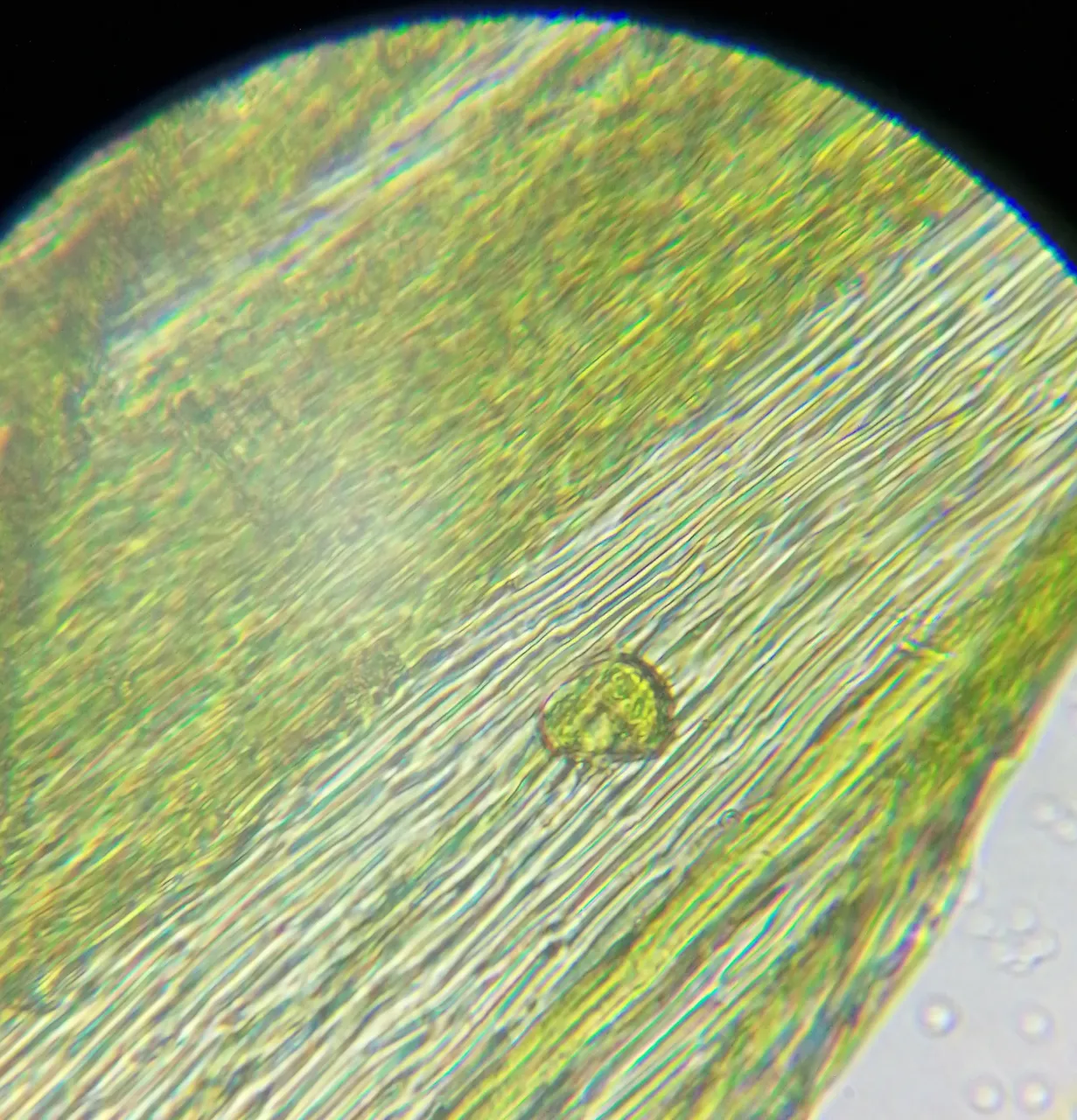

Cyanophyceae or blue algae are probably the oldest living organisms. There are formations, called stromatolites, originated by depositions of these primitive organisms together with layers of sediment, dated at about 3,500 million years old. Surely, they were the dominant organisms in the primitive seas and contributed to increase, in a decisive way, the amount of oxygen in an atmosphere devoid of it.💙💙
Las cianofíceas o algas azules son probablemente los organismos vivos más antiguos. Existen formaciones, denominadas estromatolitos, originadas por deposiciones de estos organismos primitivos junto con capas de sedimento, datadas en unos 3.500 millones de años de antigüedad. Seguramente, fueron los organismos dominantes en los mares primitivos y contribuyeron a incrementar, de forma decisiva, la cantidad de oxígeno en una atmósfera carente de él.💙💙
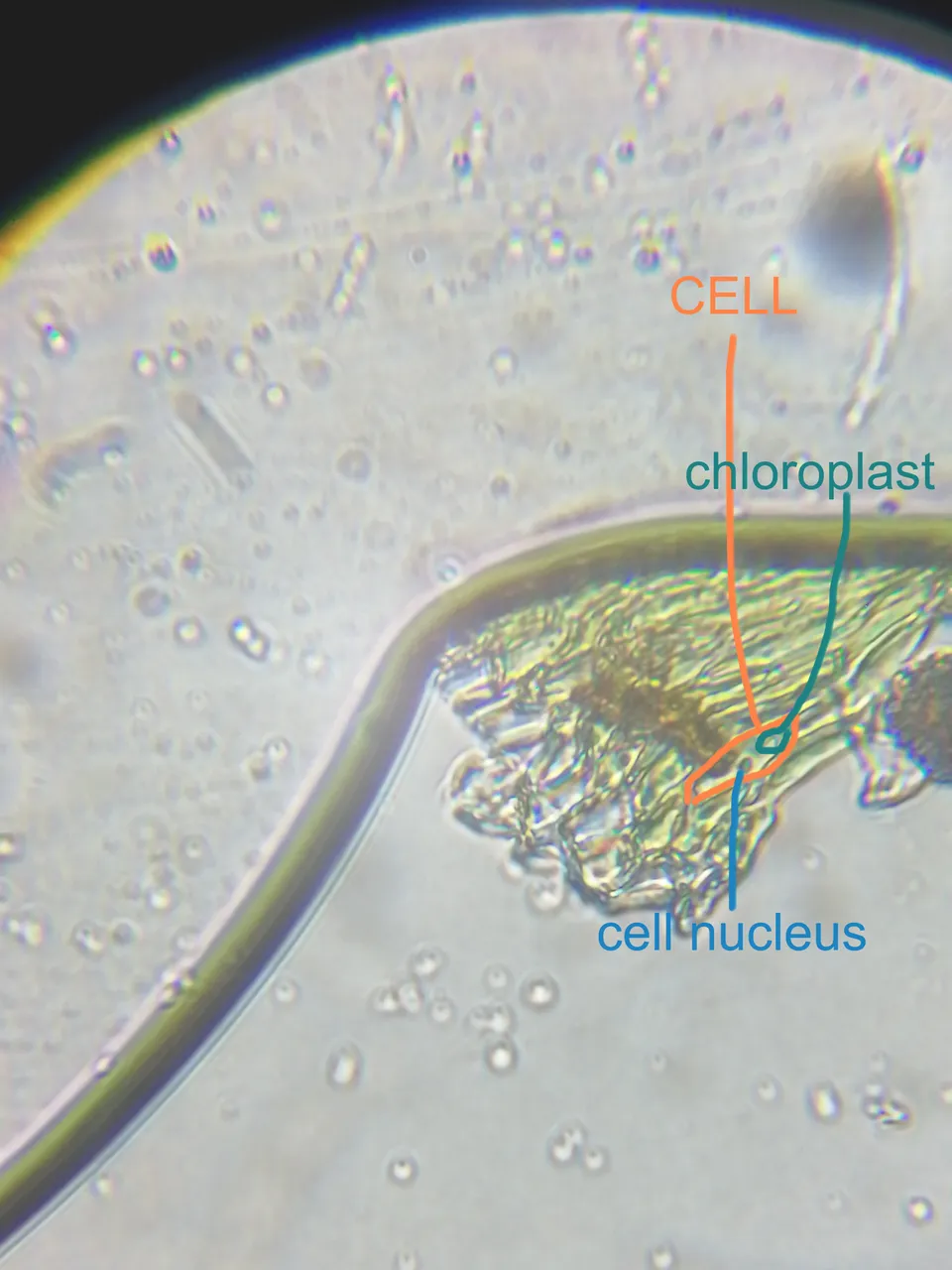
The nucleus is a membrane-bound organelle that contains cell chromosomes. The pores in the nuclear envelope allow the passage of molecules in and out of the nucleus. The chloroplast is an organelle of plant cells and algae that contains chlorophyll and in which photosynthesis takes place.💚💚
El núcleo es un orgánulo unido a la membrana que contiene los cromosomas celulares. Los poros en la envoltura nuclear permiten el paso de moléculas dentro y fuera del núcleo. El cloroplasto es un Orgánulo de las células vegetales y de las algas que contiene la clorofila y en el que se realiza la fotosíntesis.👨🏫👨🎓

BROWN ALGAE🙂🤎🧠/ALGAS PARDAS👨🏫


Brown algae are those that commonly form marine forests in temperate and arctic zones. This group is purely marine and includes approximately 1,500 species. They are generally very large (macroalgae) represented by the genera Laminaria, Macrocystis, and Nerocystis. The coloration is considered to be given by an accessory pigment called fucoxanthin, depending on its amount they can be darker or lighter.😍😍
Las algas pardas son las que comúnmente forman los bosques marinos en zonas templadas y árticas. Este grupo es netamente marino y abarca aproximadamente 1.500 especies. Por lo general, son muy grandes (macroalgas) representadas por los géneros Laminaria, Macrocystis y Nerocystis. La coloración se considera que está dada por un pigmento accesorio llamado fucoxantina, en función de su cantidad pueden ser más oscuras o más claras.🤎
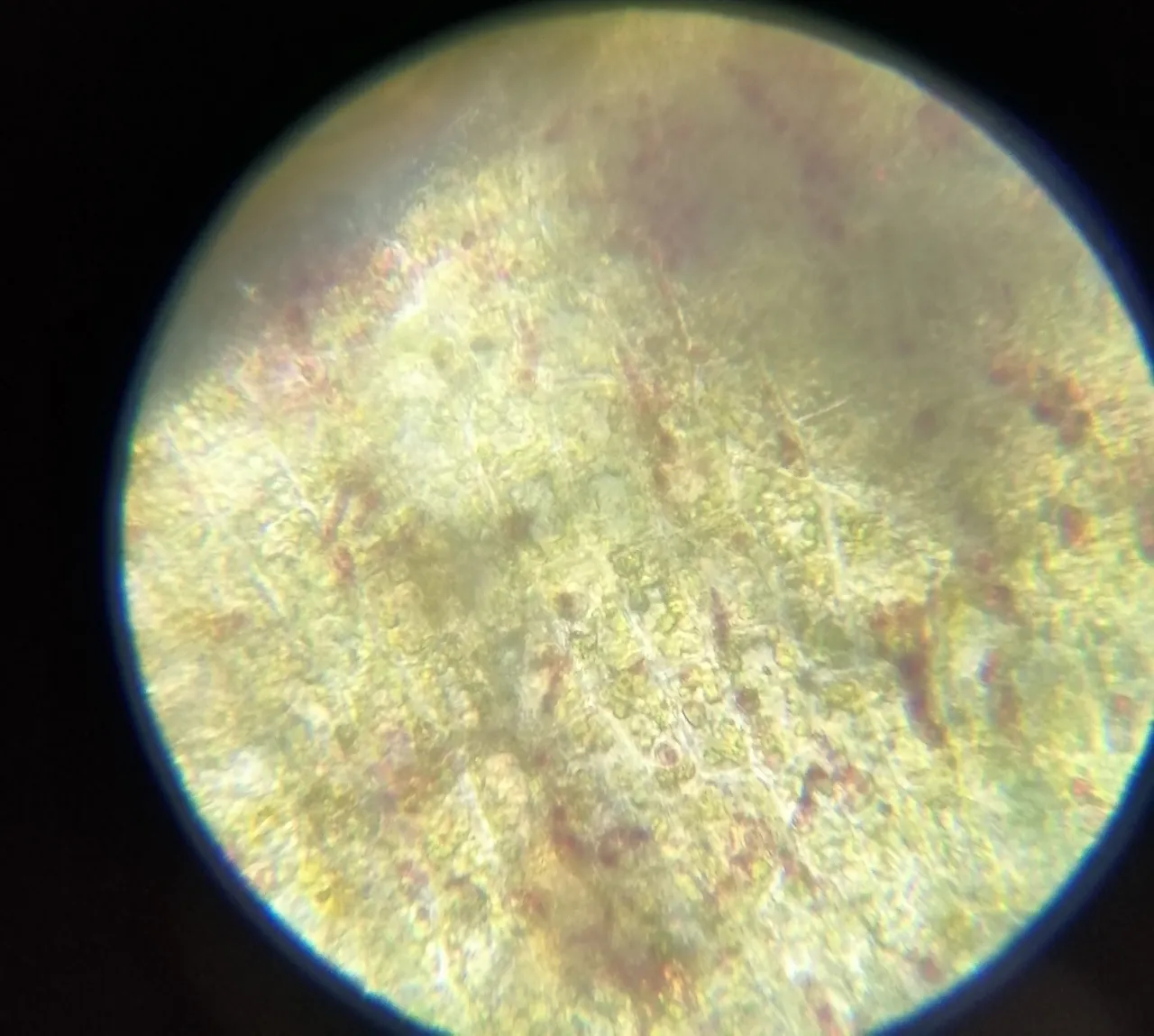
Structurally, it is the most complex group, something that is especially observed in the laminaria. This includes giant seaweed or kelp. Brown algae are predominantly marine and grow luxuriantly in temperate regions. In the North Atlantic they are frequent in the intertidal zone, where they are exposed to drying and cold, for this reason they have abundant mucilaginous substances (phycoloids). Some pheophytes such as Fucus vesiculosus have vesicles on their “fronds” that serve as floats and keep them close to well-lit surface waters. Within this group there are some floating algae, sargassum, which also contain gas-filled vesicles. Among the brown algae we also find: Padina pavonica, Dictyota dichotoma, Colpomenia sinuosa, Cystoseira mediterranea, Halopteris scoparia🕵️♀️👨🏫
Estructuralmente es el grupo más complejo, cosa que se observa especialmente en las laminarias. Aquí se incluyen las algas gigantes o kelp. Las algas pardas son predominantemente marinas y crecen de forma exuberante en regiones templadas. En el Atlántico Norte son frecuentes en la zona intermareal, donde están expuestas a la desecación y el frío, por ello tienen abundantes substancias mucilaginosas (ficoloides). Algunas feofíceas como Fucus vesiculosus tienen en sus “frondas” unas vesículas que les sirven de flotadores y las mantienen cerca de las aguas superficiales bien iluminadas. Dentro de este grupo existen algunas algas flotantes, los sargazos, que también contienen vesículas llenas de gas. Entre las algas pardas encontramos también: Padina pavonica, Dictyota dichotoma, Colpomenia sinuosa, Cystoseira mediterranea, Halopteris scoparia 🤎

RED ALGAE🙂🧠💖/ALGAS ROJAS👨🏫
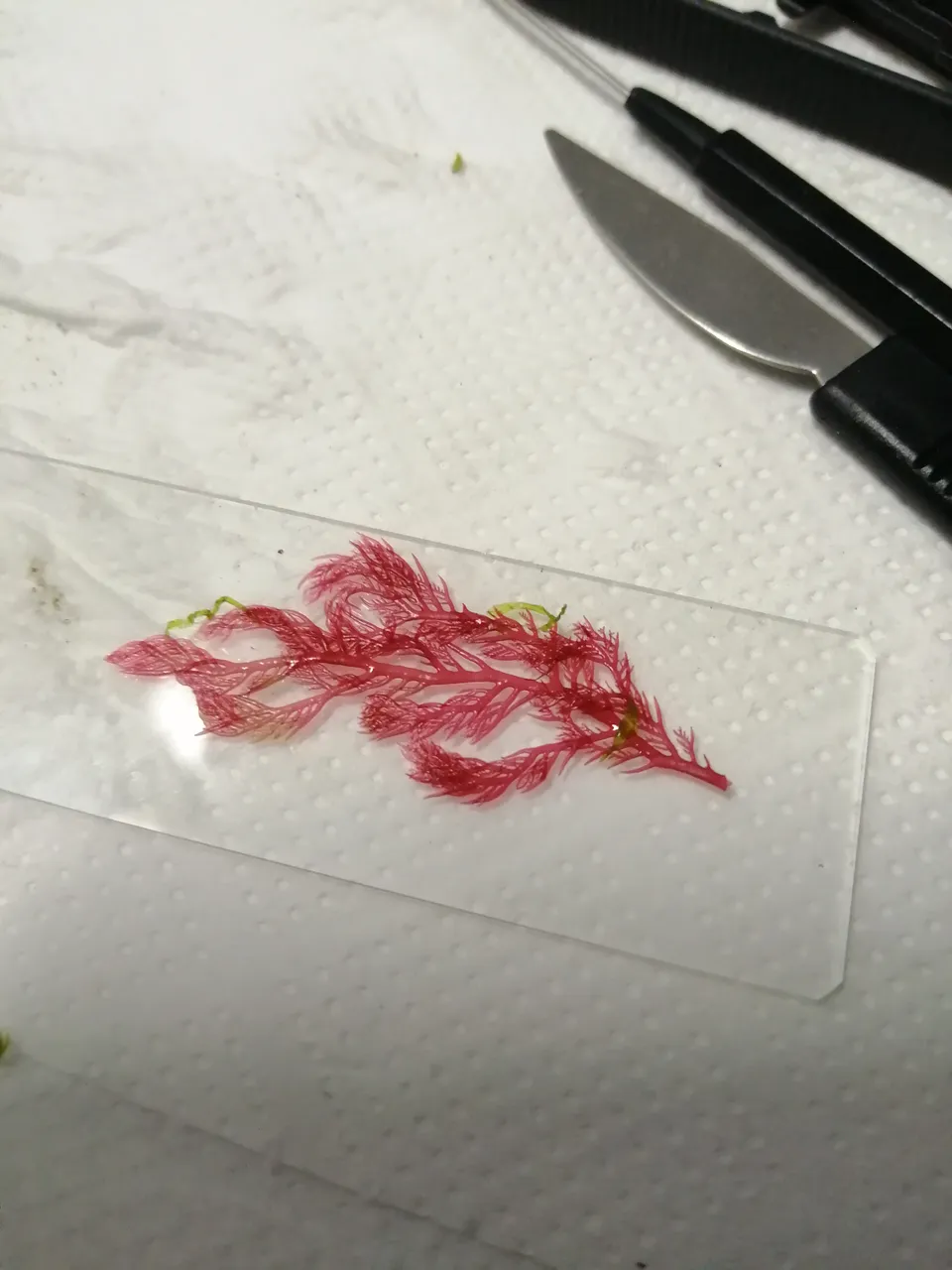

They are macroalgae that occur in marine ecosystems located mainly in tropical regions. They group approximately 6,000 species and the characteristic red coloration is due to the accumulation of a pigment called phycoerythrin. This pigment is considered an accessory pigment to chlorophyll, which allows it to absorb the little light that enters great depths.💥💥
Son macroalgas que se presentan en ecosistemas marinos ubicados principalmente en regiones tropicales. Agrupan aproximadamente 6.000 especies y la coloración roja característica se debe a la acumulación de un pigmento llamado ficoeritrina. Este pigmento es considerado un pigmento accesorio a la clorofila, el cual permite absorber la poca luz que ingresa a grandes profundidades.💖
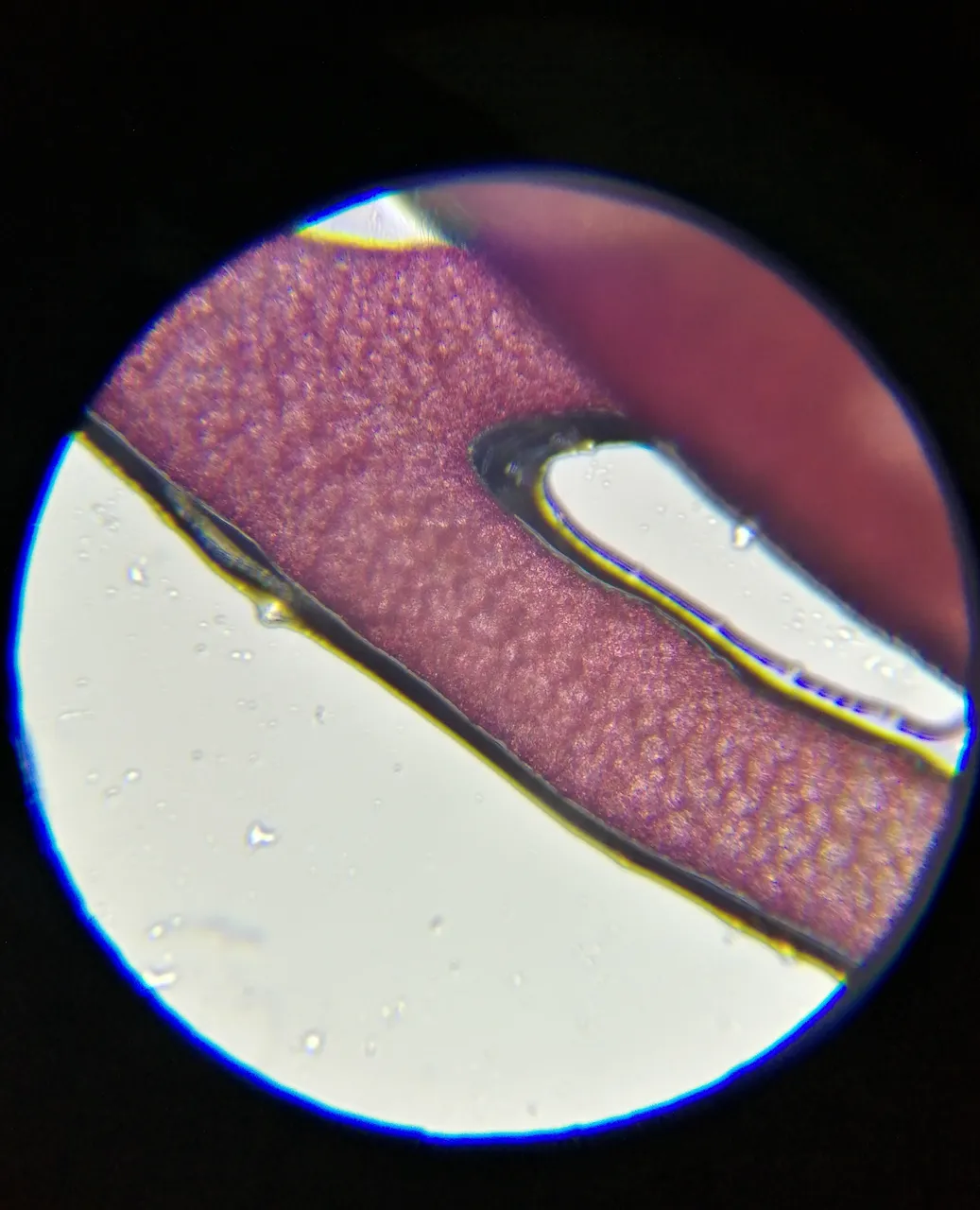

Commercially, red algae are of great gastronomic importance for Japanese cuisine (Nori), their cell walls are processed to produce food thickening polymers, likewise, the Gelidium and Gracilaria genera are used for the production of agarose used in laboratories.💥💥
Comercialmente las algas rojas son de gran importancia gastronómica para la cocina Japonesa (Nori), sus paredes celulares son procesadas para producir polímeros espesantes de alimentos, así mismo, los géneros Gelidium y Gracilaria son utilizados para la elaboración de agarosa empleada en laboratorios.🍚🍙🍘


IMPORTANCE OF ALGAE🙂🧠💖/IMPORTANCIA👨🏫
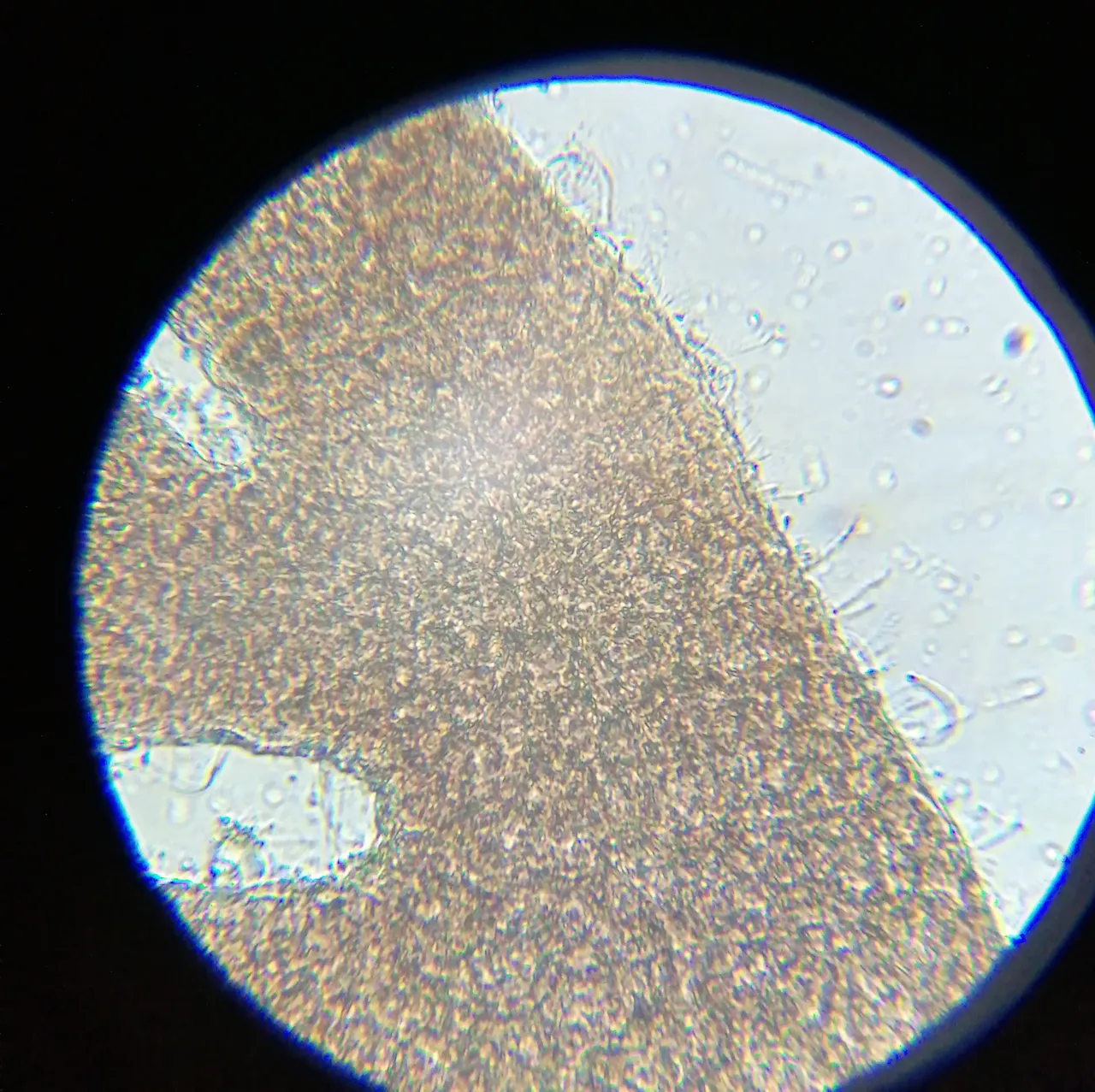
Algae throughout history have been used for different purposes, such is the case of agarose used in laboratories for the production of culture media. Currently, there are several applications in the food industry, such as natural thickeners and the generation of biopolymers as preservatives.😍😍
Las algas durante la historia han sido utilizadas con diferentes fines, tal es el caso de la agarosa empleada en los laboratorios para la elaboración de medios de cultivo. Actualmente, existen varias aplicaciones en la industria de alimentos, como lo son espesantes naturales y la generación de biopolímeros como conservantes.😃😃


DNA is an organization to foster and DENSIFY NATURE-APPRECIATION which aims to establish REPORTS OF BIODIVERSITY DATA that is contributed by all of us Hiveans and subsequently cataloged.
Therefore DNA searches for HIGH-QUALITY posts that aim to DESCRIBE and determine the BIODIVERSITY AROUND YOU with added EXPLANATIONS and INFORMATION. For these informative posts they offer a CURATION SERVICE using the @dna.org account. It is also a CURATION TRAIL. Just add the #dna TAG if you think that any of your posts is what they are looking for.


THANKS FOR READING ME🙂, PHOTOS OF MY PROPERTY🧠🦾👍
BYEEE!!!! / CHAOO🙋♂️👍
https://naturaleza.paradais-sphynx.com/algas/algas-caracteristicas-tipos.htm https://www.aquariumbcn.com/blog/animales-flora-marina/algas-y-plantas-marinas/ http://www.fao.org/3/y3550s/Y3550S03.htm (WIKIPEDIA)






























